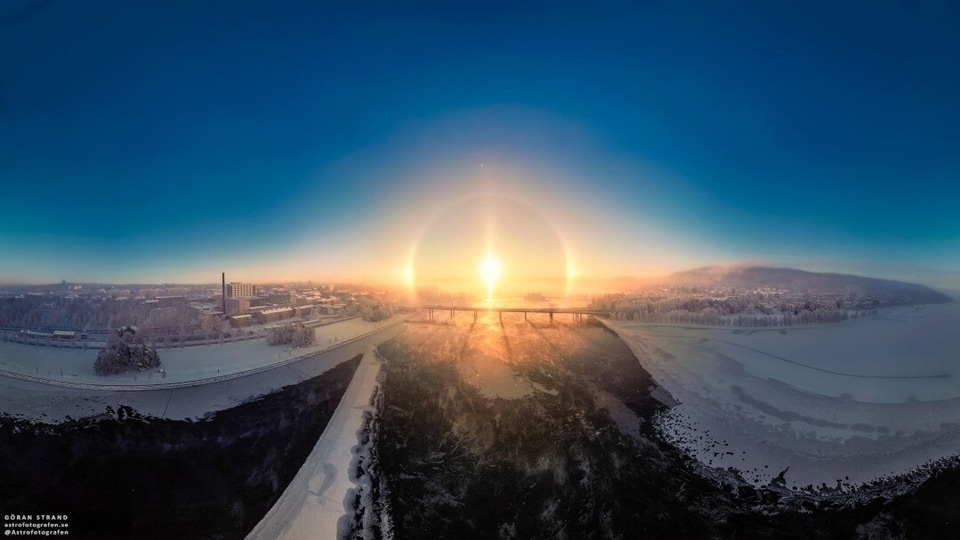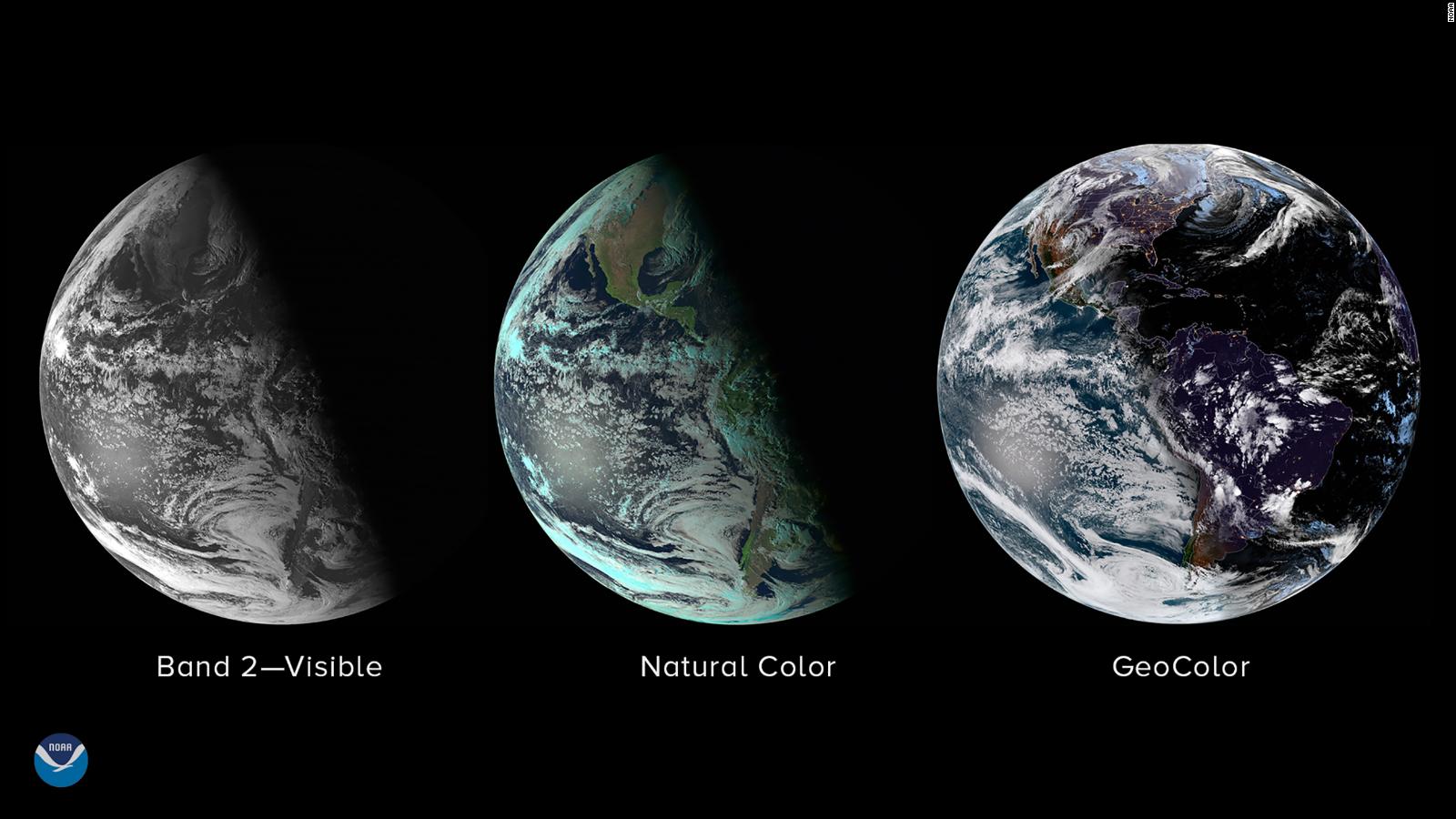December 21 marks the Winter Solstice. The Northern Hemisphere will have the shortest day and longest night. While at the same time, the Southern Hemisphere marks the beginning of Summer.
During a solstice, the sun’s distance happens to be farthest from either of the two hemispheres. As the southern hemisphere experiences a summer solstice on the same day, the northern experiences winter. NASA stated that the Winter Solstice began at 4:48 pm.

A picture from Day 21 December, 2022. Credits – HT Tech
“The Sun’s changing height in the sky throughout the year is caused by Earth’s tilt as it orbits our local star,” said Nasa. Solstice is a ‘twice a year phenomenon. The Summer Solstice is marked in June in the Northern Hemisphere, the Winter Solstice is experienced when the sun reaches the southern position in the sky.
The length of days will increase after the Winter Solstice, marking the slow decline of winters in the Northern Hemisphere. Although this phenomenon has been mathematically proven in the recent past, the proof of the same is seen in several ancient monuments, across cultures and civilisations.

Credits – CNN
“Earth’s axis may be imagined as an imaginary pole going right through the center of our planet from “top” to “bottom.” Earth spins around this pole, making one complete turn each day. That is why we have day and night. Although the tilt of the Earth as compared to the plane of its orbit around the Sun is more or less constant (23.5Ëš), at the December solstice, the Northern Hemisphere receives the most indirect sunlight, causing cooler temperatures,” stated NASA.



















































































